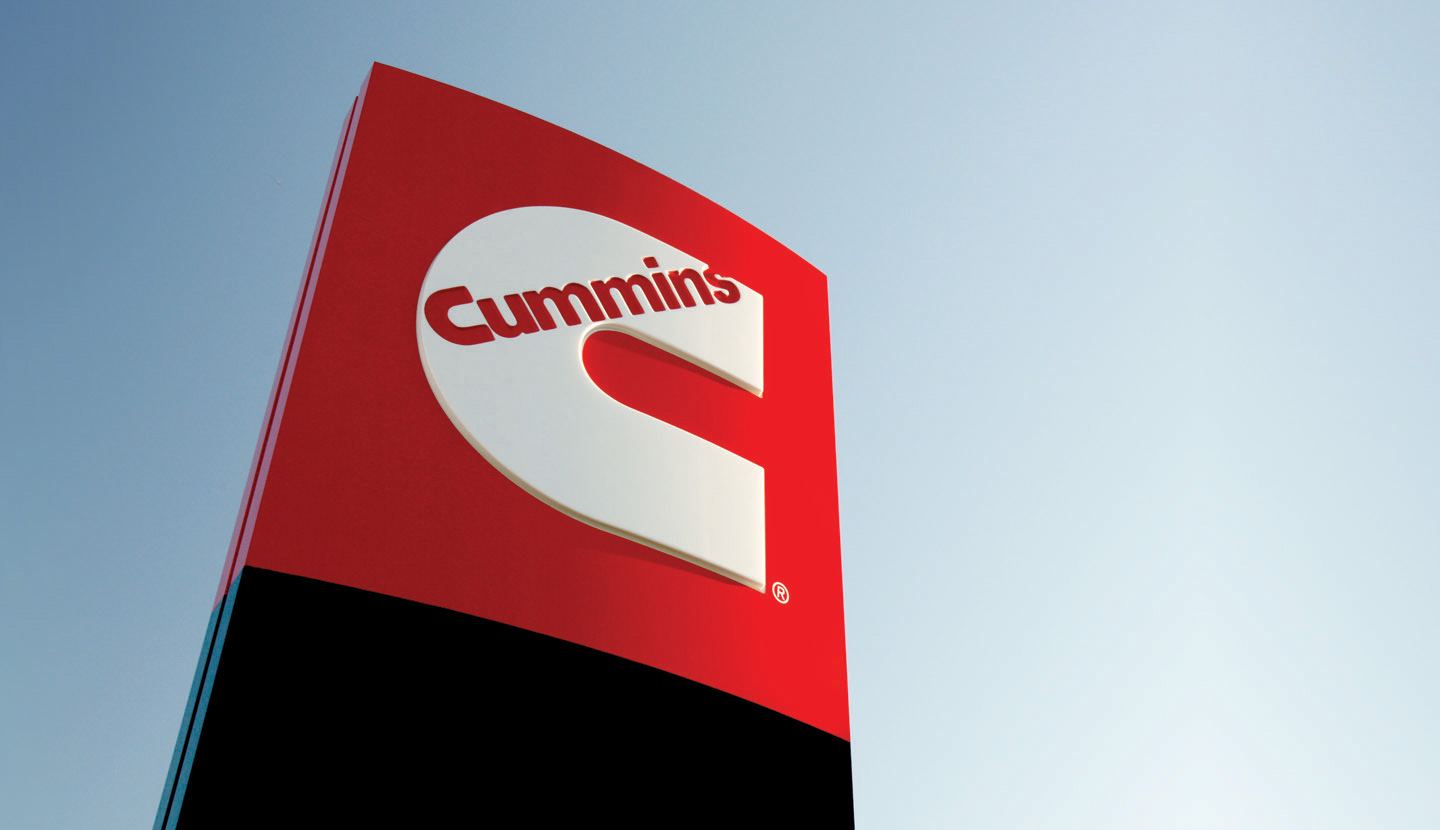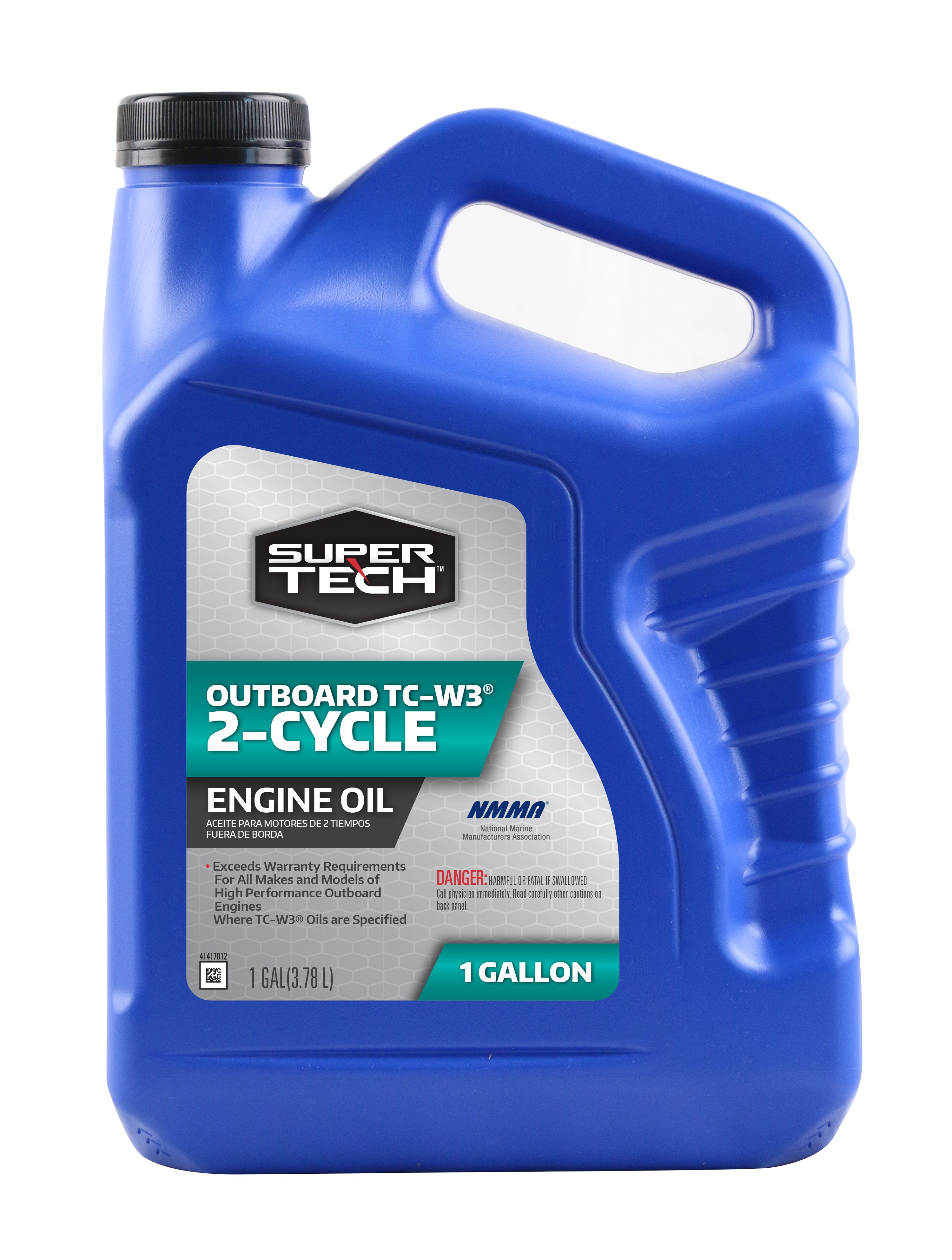You were getting supplied with #2 diesel that had a high cloud point. Highway diesel is supposed to have a cloud of 14 to 15 degrees. Sounds like a a couple issues here.
One the quality control at the refinery messed up. The refinery somewhere in the supply chain was running a heavy asphalt crude they can create blending and storage nightmares . This type of crude is very paraffinic. This probably came from a single train refinery versus a complex where there is more thermal cracking in the presence of catalyst.
When temperatures start staying at 30 or below the supplier should start producing #1 diesel. There were a couple crudes from Venezuela that were tough for us to get cloud on in a complex refinery. We would usually run the diesel through a hydrocracker converting it to gasoline.
I know Mayan crude from a certain area gave us fits, it made fluorescent pink kerosene, no one could figure out why. It met every spec for kerosene but color that is supposed to be water white.
So we had two options solution by dilution or drop in diesel.
Might have the year wrong CB, it was the first winter low sulfur was forced on us, fuel manager at the co-op said the refineries didn't have the chemistry right on this low sulfur fuel so they, co-op, were diluting with kerosene in their storage tanks. Trucking company I worked for hauled fuel, one of our accounts was the co-op, I was the night mechanic. One of our trucks gelled up while on it's way with a load of fuel for the co-op, it wasn't that cold, mid twenties. I went out and changed fuel filters on the side of the road, then followed him to make sure he made it. Fuel manager was very upset his load was late, was chewing both our butts cause he had warned our boss to cut our fuel with kerosene to prevent gelling. Like it was our fault you know, anyway, left a vivid memory. Shortly after this happened, the co-op bought their own transport trucks.
Hauling fuel from the terminal with a tanker truck, you always have a load sheet listing each compartment # and size and how many gallons of #1 and #2 to put in each compartment to create winter blend, and the percentages often changed with the forecast. Summer is usually straight #2.
Also in the mid nineties, we once had every available truck making runs to St. Louis to haul kerosene back to Ohio. Used to be a company advertised, you go or we pay the toll, well, that supreme fuel was gelling on the road in mid twenty temps. I haven't heard that jingle in some years.
The trucking company was a division of an oil company, so we had barrels of their fuel coloring, er, premium fuel conditioner, on hand. When it gets cold, don't bother with fuel conditioner, dilute with kerosene. I hated seeing my drivers stranded, trucks get cold quick when the engine quits at ten or twenty below.
I don't hear near as many stories today, the last truck fuel gelling story I heard was a number of years ago and he had filled up down south with cheap fuel, not thinking of the temps back here at home. Farm tractors and farm tanks on the other hand, often go into winter with summer fuel.



